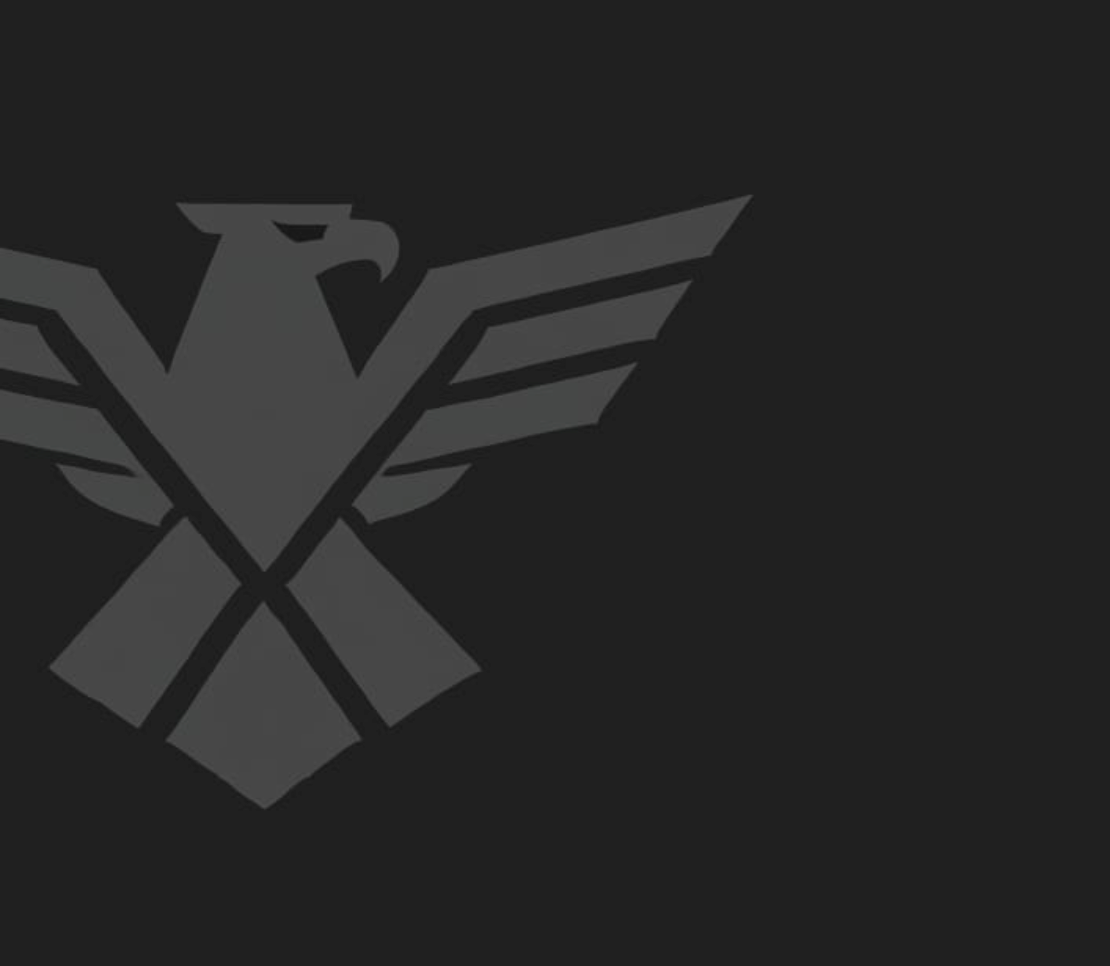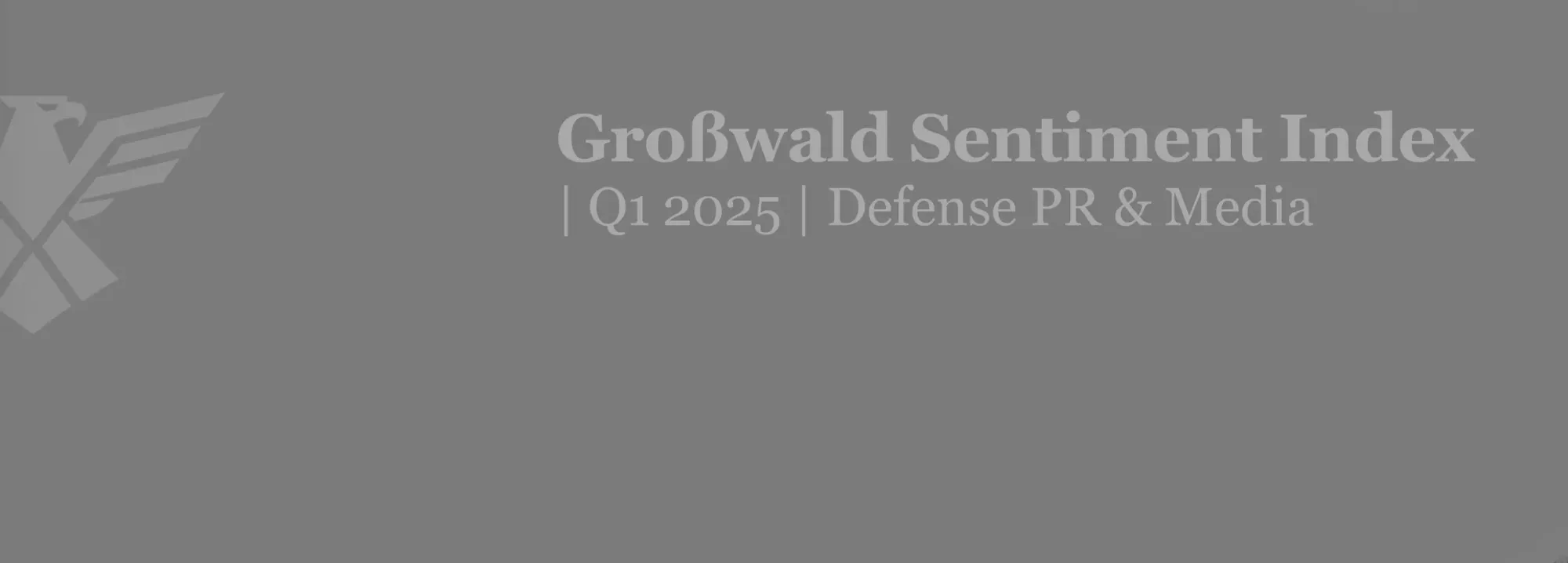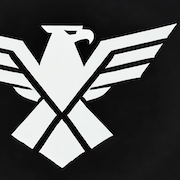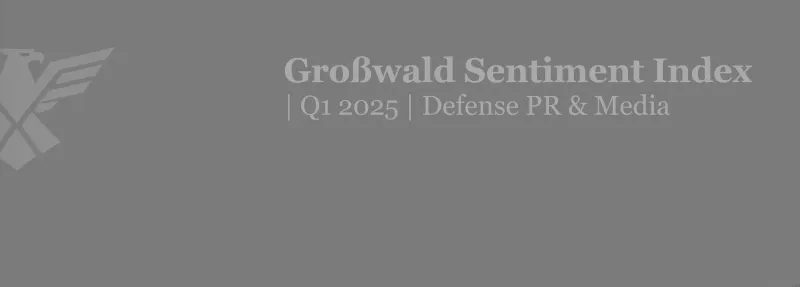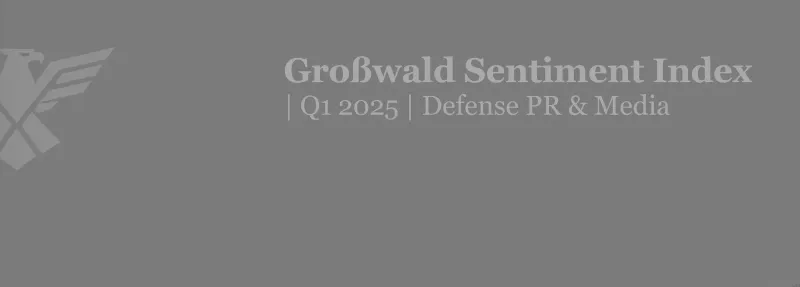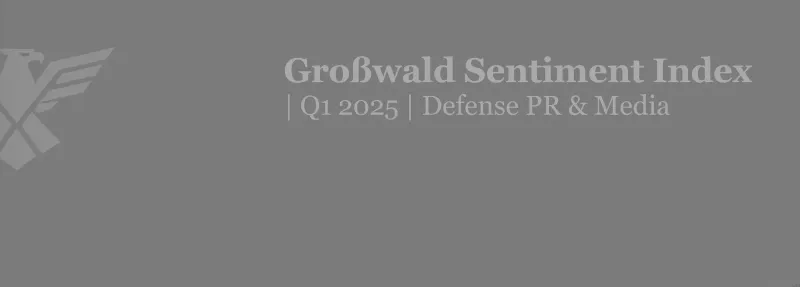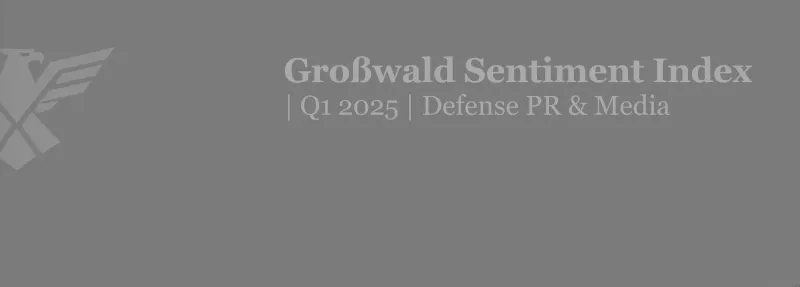KNDS – Narrative Discipline & Strategic Framing in Q1 2025 | Großwald Sentiment Index
Großwald Sentiment Index | Defense PR & Strategic Communications

Defense firms across Central and Eastern Europe intensified public communications in Q1 2025.
From Rheinmetall’s barrage of contract, production, and earnings announcements to Thales’ alignment with EU defense initiatives, firms competed not just on capability—but on narrative clarity. KNDS delivered one of the most deliberate campaigns.
Inside This Intelligence Briefing
This 2,800-word Großwald Sentiment Index report dissects KNDS’s Q1 messaging strategy across four dimensions:
- Message architecture: How key themes were sequenced and reinforced across channels
- Narrative alignment: How strategic autonomy and industrial consolidation were embedded in KNDS’s communications
- Sentiment footprint: Reception across defense trade press, mainstream media, and policy channels
- Benchmarking: Comparative positioning vs. peers including Rheinmetall and Hensoldt
About the Großwald Sentiment Index
The Sentiment Index tracks how European defense firms shape perception—through narrative discipline, signal timing, and sentiment bandwidth.
Each entry draws on OSINT, institutional media signals, and proprietary diagnostics—offering strategic intelligence for defense professionals, policy analysts, and industrial decision-makers.
Institutional Access Required
This report is part of the full Großwald Sentiment Index series and is available exclusively to Großwald: Institutional subscribers.
Subscribers receive structured intelligence, executive briefings, and sentiment diagnostics—designed for senior professionals managing procurement strategy, reputation risk, and defense-policy alignment.
Institutional access includes:
- Full access to the Großwald Curated archive — Weekly editions for trend analysis and long-term strategic context
- Full access to the Großwald Sentiment Index archive — Quarterly narrative reports tracking PR/media sentiment for Europe’s defense contractors
For access tiers and pricing, view the membership overview:
